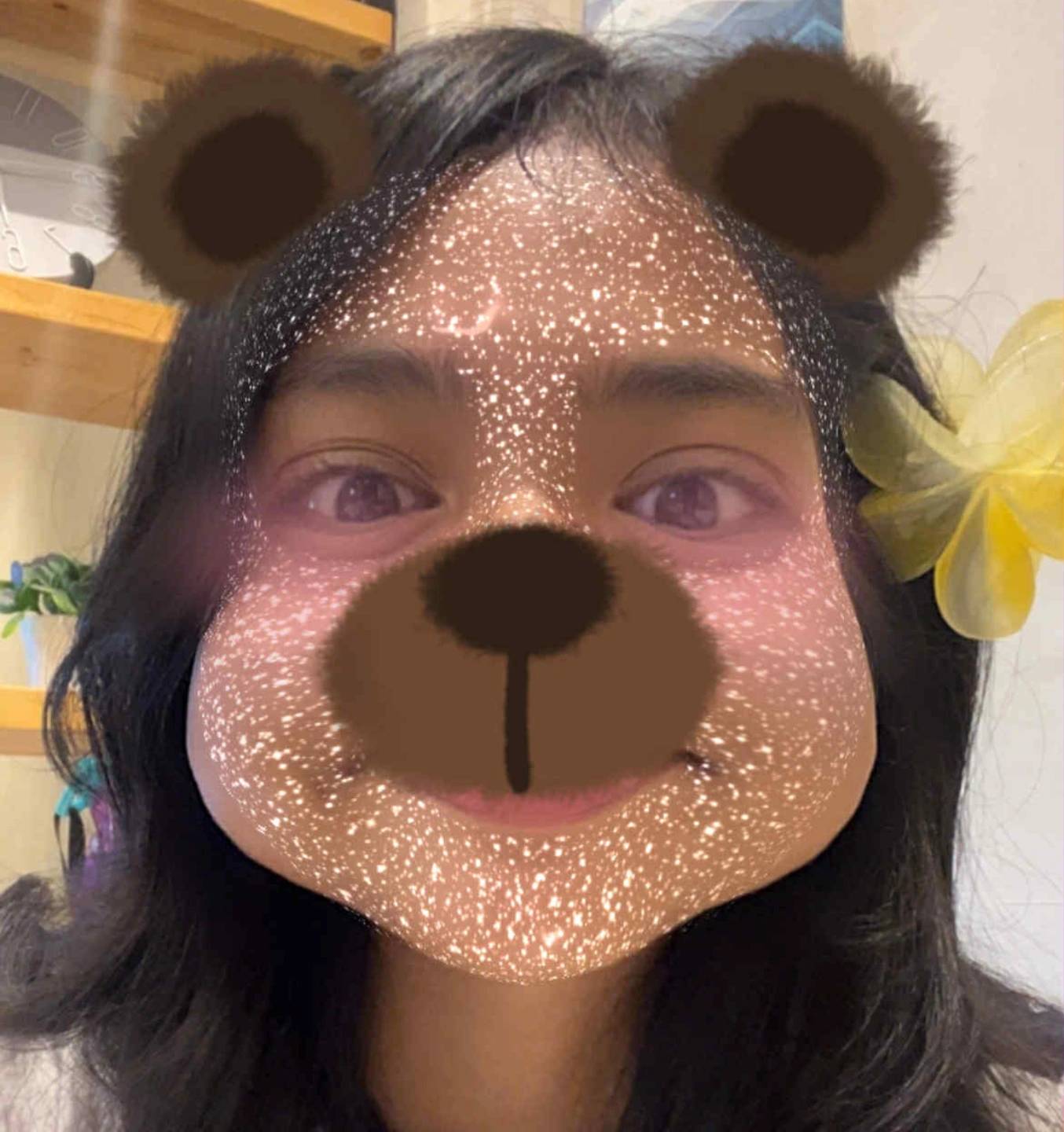RESEARCH Q2 EXAM (Based sa Reviewer)
Cards (68)
- What is the purpose of the Review of Related Literature (RRL)?
- How does RRL contribute to solving a research problem?
- What question does RRL answer?
- What types of sources are commonly used in RRL?
- How should a well-structured RRL be organized?
- What are the differences among quoting, paraphrasing, and summarizing?
- What is quoting in scientific writing?
- What is the correct format for quoting?
- What is paraphrasing?
- What are the characteristics of a good paraphrase?
- What is summarizing?
- What is the purpose of a summary?
- What is the APA referencing style?
- How should authors be listed in APA format?
- How should references be arranged in APA format?
- What should be done if a work has no author in APA format?
- What is the MLA referencing style used for?
- How should sources be listed in MLA format?
- What is the Chicago Manual of Style (CMOS)?
- What are the two forms of CMOS citations?
- What is plagiarism?
- Why is referencing important?
- What are the main types of intellectual property rights?
- What is the difference between "References" and "Bibliography"?
- What should be done to avoid plagiarism?
- What is the role of a library in research?
- What types of materials can be found in a library?
- What is plagiarism?
- Why is plagiarism considered unethical?
- What are the different types of plagiarism?
- How can plagiarism be avoided?
- What is the role of a library in research?
- Why are library resources considered reliable?
- What are the key topics covered in a library tour for research?
- What is the definition of the internet?
- What is a major risk of using the internet for research?
- What are the Website Evaluation Guidelines?
- What does the 'Authority' criterion assess?
- What should you check under the 'Objectivity & Purpose' criterion?
- What does the 'Accuracy of content' criterion evaluate?
